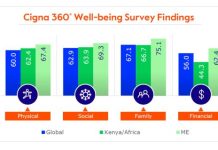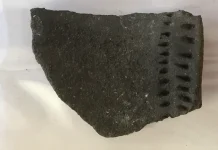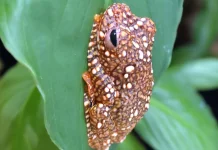Written by Lisa Murimi
In a groundbreaking study, scientists have achieved a remarkable feat by enhancing the lifespan of mice through the transfer of a specific gene found in naked mole rats.
This gene, known as hyaluronan synthase 2 (HAS2), is responsible for the production of hyaluronic acid – a viscous substance renowned for its cell-protective properties within the gel-like matrix enveloping cells.
Beyond its cell safeguarding role, hyaluronic acid also assumes a pivotal role in connective tissue formation, expedited wound healing, joint lubrication, and fortification of the immune system.
Naked mole rats, recognized for their extraordinary longevity and higher hyaluronic acid production relative to other rodents, were the ideal candidates for this investigation.
These creatures, despite their diminutive size, boast a life expectancy of up to 41 years – an astonishing tenfold increase when juxtaposed with rodents of comparable stature, as outlined by the research from the University of Rochester.
The successful transfer of the HAS2 gene into mice has ignited prospects for extending human lifespan and augmenting overall health.
By unraveling the genetic underpinnings of these exceptional traits in naked mole rats, scientists pave the way for potential breakthroughs in anti-aging research and regenerative medicine.
This study not only sheds light on the intricate mechanisms governing longevity but also underscores the remarkable potential of genetic interventions in reshaping the boundaries of human health and lifespan.













